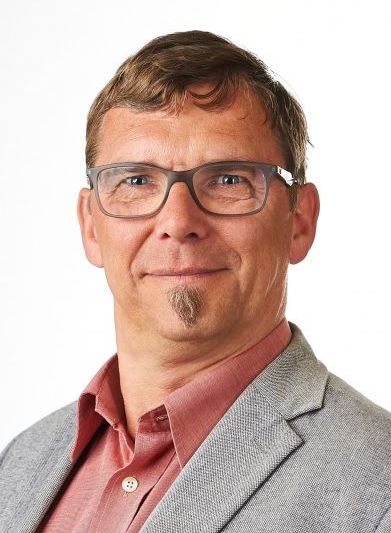Geothermal Energy: The Treasure at Our Feet
The energy turnaround only works with the heat turnaround. Geothermal energy in this regard is to become the workhorse for generating heat regeneratively and storing it. The latter is the goal of the DeepStor project, for which Professor Eva Schill and her team of KIT's Institute for Nuclear Waste Disposal (INE) make exploratory drills on KIT's Campus North.
“With the technology that is currently available, a quarter of the German heat demand could be covered” Schill says, who researches at the KIT Institute for Nuclear Waste Disposal. The next technological generation could, as the geologist predicts, increase that amount to around 50 percent. “But we cannot only generate energy under our feet: We can also store it there.”
Efficient Heat Supply – Even for the Heating of Old Buildings
Schill is talking about so-called high-temperature aquifer storage systems that are an important component of her research. The idea to store heat underground is nothing new. The technology for this is already being used commercially in many countries. "But usually, one works in the low-temperature range of up to approximately 50 degrees Celsius," Schill points out. "We, in contrast, want to work in the temperature range of over 100 degrees Celsius."
This has several advantages. Many of Germany's district heating networks operate at a temperature of 110 degrees Celsius. High-temperature aquifer storage could be seamlessly integrated into the relevant processes. High temperatures are also putting less strain on the structure of the buildings connected to the heat network, allowing even old buildings to be efficiently supplied with heat.
Deep Underground Salt as a Challenge for Heat Storage
The DeepStor project is intended to advance storage technology. “One important question is how we can store efficiently,” Schill elaborates. To find answers, the first of two boreholes will be drilled on the grounds of KIT Campus North by the end of this year. The water found in the pores of the rock will be extremely saline and hot, as temperatures increase with the depth. One and a half kilometers under our feet, it reaches more than 100 degrees Celsius and the salinity increases rapidly. “Here in the Upper Rhine Graben, the salt concentration at the target depth amounts to more than 120 grams per liter”, Schill explains. This could turn out to be problematic.
The dissolved salts react to changes in their environment. If the temperature or pressure changes – for example, when heated groundwater is introduced for storage – it sets off chemical reactions. Salt deposits in the rock can dissolve, which on the one hand enlarges the pores of the rock and thus increases storage space. "On the other hand, it can cause precipitation,” the researcher points out. “This means dissolved salts becomes solid, which is negative for us because they clog the pores of the rock where we want to store the heated water." DeepStor is intended to show how to deal with this.
It will be a challenge worth addressing, Schill is certain of that. “Down there, we do not influence the groundwater that can be used as drinking water and there is a lot of space to store huge amounts of heat.” When generating heat from deep geological units, heat storage is also an important factor. “Deep geothermal energy generation should be operated continuously as turning it off and on changes the environmental conditions, potentially triggering malfunctions,” Schill says. Geothermal power plants will therefore also generate heat during the summer months when it is mostly not needed. It could then be stored inside high-temperature aquifer storage systems until the following winter.
Hannover Messe 2023
|
Aquifer Heat Reservoirs
|
Dialog with Citizens Is Essential
Among the population, geothermal energy is not always met with enthusiasm. Reservations and fears are circulating that frequently lead to public petitions – often regarding safe drinking water or the release of the radioactive radon gas that is located underground. Eva Schill and her team are aware of these challenges. They respond with dialog to questions from the public. “From the very beginning, we are involving the citizens in the project,” states Dr. Florian Bauer from Schill’s team. “We already involved the public in the licensing procedures for DeepStor and began co-designing with the surrounding communities.”
To demonstrate that it takes concerns like drinking water safety, a potential radon release, or induced seismicity seriously, the research team has launched a citizen science project together with other KIT researchers. "We equip participants with measuring devices," Bauer explains. Among these are seismometers and radon measuring devices. The researchers also monitor ground water measuring points.
According to the hydrogeologist, the collected data is incorporated into a computer model that allows him to produce a three-dimensional image that is displayed spatially by a special 85-inch monitor. “In this way, everyone can see what is going on in the depths and how their collected data contributes to making the project as transparent as possible.” Bauer elaborates. This system will be premiered at Hannover Messe 2023. Afterwards, several such monitors will be installed at central locations, such as the city halls of the relevant communities.
Kai Dürfeld, March 24, 2023
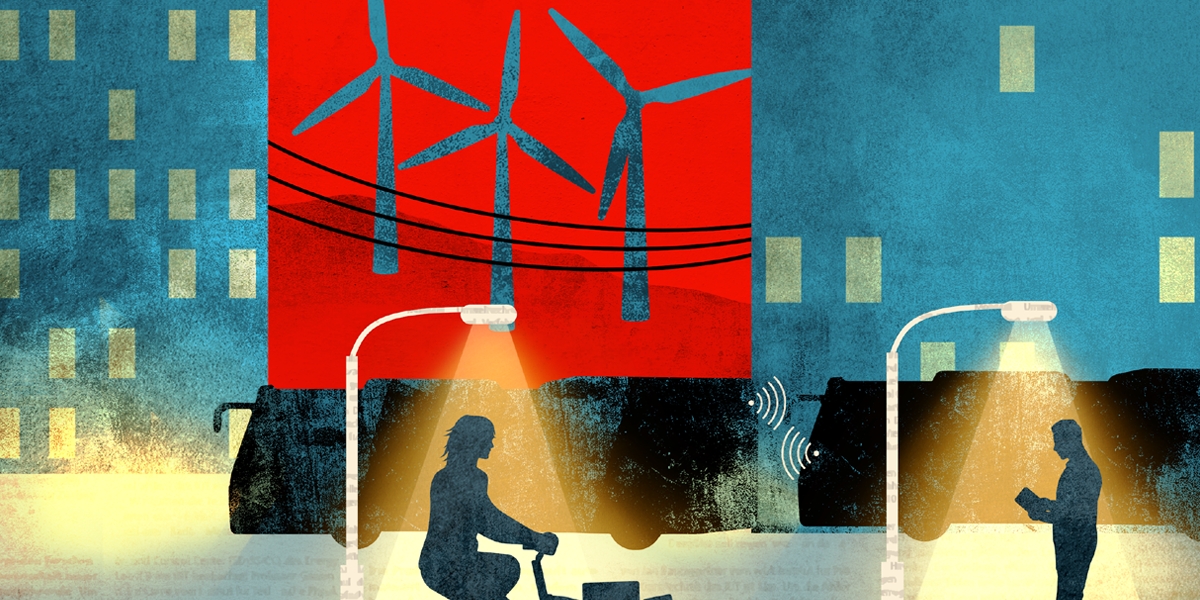
Issue 1/2023 of the research magazine lookKIT focuses on the highlights from technology development that KIT will show at the Hannover Messe 2023.
MagazineKIT at Hannover Messe 2023
Simulation-based optimization of robot systems for flexible and precise production, automated buses for the urban traffic of the future, highly reflective mirrors from the inkjet printer, and AI methods for the mobility of people and goods are the major KIT topics in the Future Hub (Hall 2, Booth B45). At Energy Solutions (Hall 13, Booth C70), KIT's Energy Lab 2.0 will be the key issue: Europe's largest research infrastructure for renewable energies will focus on real-time systems for energy technologies, power-to-X, geothermal energy, and heat utilization, among others.
Further Information:
Press release Hannover Messe 2023: Sustainable Solutions for Mobility, Energy, and Industry
Future Hub
Hall 2, Booth B45
At „Future Hub“, KIT and FZI Forschungszentrum Informatik, an innovation partner of KIT, will present their projects at a joint stand.
TEMPUS Project
Autonomous Public Passenger Transport
The TEMPUS project focuses on autonomous bus platooning in the city of Munich. With the help of an “electronic” drawbar, buses can be connected to each other. Platooning is attractive not only for economic and ecological reasons. It also helps to balance fluctuating numbers of passengers. A model with realistic urban settings illustrates the challenges of bus platooning.
IJPOFs – Inkjet Printed Optical Filters
Additive Manufacturing of Application-specific Optical Filters
Whether machine vision, AR and VR technologies, autonomous driving, medical inspection, or laser material processing: Many applications require optical filters, which block or amplify a certain part of the spectrum. Inkjet Printed Optical Filters (IJPOF) enable to reduce manufacturing costs and increase customization flexibility: Inkjet printing simplifies the manufacturing of optical filters in the desired locations, sizes, and properties.
SDMBot
Software-based Process Empowerment for Industrial Robots
Software-based empowerment of robots in industry requires simulation tools that model the entire manufacturing process in a virtual environment. This includes robots, tools, and materials. For the open source software tools presented, robot simulations were extended to include process models such as milling, welding, or painting. The simulation enables problems and weak points to be identified and eliminated in advance, which contributes to a better quality of the final process.
FLOOW: New Mobility Solutions Using AI
Artificial Intelligence (AI) is used to develop energy-efficient and safe solutions for passenger and freight transport. Work focuses on the robust and precise localization of mobility systems, generalized environment recognition, and maneuver planning on specialized hardware. The FLOOW project is presented by KIT and FZI Research Center for Information Technology, an innovation partner of KIT. Project partners are the navigation technologies company ANAVS and automotive supplier SCHAEFFLER.
Energy Lab 2.0: Test Field for Future Energy Systems
Europe’s largest infrastructure for renewable energy focuses on the intelligent networking of environmentally compatible options to generate, store, and supply energy. At Hannover Messe, researchers will provide information on the following topics in particular.
Energy System – Grids – Simulation
Coupling of the different energy sectors and fluctuation of energy production from renewable sources are major challenges in control. To simulate control and monitoring tasks as closely to reality as possible, the Smart Energy System Simulation and Control Center (SEnSSICC) is part of the Energy Lab 2.0. SEnSSICC is the “brain” of the Energy Lab and pools IT-related activities and research. SEnSSICC collects all information from the different systems and partners. Measurement currents are stored, controlled, analyzed, and visual¬ized. Based on the findings obtained, further energy systems can be simulated. In this way, the real energy world – e.g. on the adjacent photovoltaic field and in the corresponding battery storage systems – is connected with the virtual energy world.
Power-to-X: Methanation and E-fuels
For the energy transition to be successful, the renewable power sector must be coupled with other energy sectors. In the area of chemical energy carriers, such as fuels and combustibles, this can be achieved using power-to-X approaches (P2X). In this case, synthetic chemical energy carriers are produced from hydrogen and CO2. If hydrogen is produced by electrolysis with green electricity and CO2 comes from a non-fossil source, the P2X products are nearly CO2-neutral. Research at the Energy Lab 2.0 covers the correspond¬ing plants. A Power-to-Liquid container produces so-called e-fuels, the Power-to-Gas plant generates climate-neutral methane for later power production by a gas turbine.
DeepStor: Generating and Storing Geothermal Heat throughout the Year
KIT’s Campus North is located in the geothermally relevant Upper Rhine Graben and, hence, possesses great potential for sustainable heat supply. Within the DeepStor project, researchers test a high-temperature aquifer storage system that is loaded in summer and unloaded in winter. The experimental setup allows for the execution of experiments to load and unload the storage system as well as for the investigation of the associated thermal, hydraulic, chemical, and mechanical processes in the thermal water cycle. Having demonstrated the feasibility, it is planned to integrate for research a high-temperature aquifer storage system in the existing heat grid of KIT’s Campus North.
Baden-Württemberg International Booth
Hall 12, Booth D15
The Innovation Campus Future Mobility (ICM) of KIT and the University of Stuttgart will provide insight into cutting-edge research for sustainable and digitalized production and mobility. The DeVee demonstrator, a light electric vehicle, presents several subsystems of a future vehicle concept that can be experienced by visitors both in reality and immersively as a virtual twin. The live visualization of a transverse flux machine shows how magnetic fields behave in a complex electric motor.
Within CELEST, KIT, together with Ulm University and the Center for Solar Energy and Hydrogen Research Baden-Württemberg (ZSW), works on electrochemical energy storage, with activities ranging from fundamental research to technical application. At the 2023 Hannover Messe, researchers will present new battery materials in elemental form, various cell types, and a Scara robot, including an electrode magazine and gripper, for stacking pouch cells.
INERATEC, a startup of KIT, is a pioneer in the area of power-to-liquid applications. The company produces sustainable fuels and chemical products. In its modular chemical plants, hydrogen from renewable power and greenhouse gases, such as CO2, are converted into e-kerosene, CO2-neutral gasoline, clean diesel, synthetic waxes, methanol, or SNG. The paramount goal is to defossilize mobility and chemical industry and to protect the climate.
Booth of the Federal Ministry of Education and Research
Hall 2, Booth A22
At the booth of the Federal Ministry of Education and Research (Hall 2, Stand A22), KIT’s wbk – Institute of Production Science presents work at its KARL competence center (in German). There, wbk studies how AI-based assistance systems for production staff influences their work. The Kinemic Band Wearable, for instance, uses an integrated AI tool to recognize screwing processes from characteristic vibrations of the wrist. The band supports production staff and enhances safety of production processes. This technology may be transferred to other tools or working steps.
Startups of KIT on the Startup Area
Hall 17, Booth A62
Ten startups of KIT supported by the KIT Founders Forge will present themselves on the Startup Area. The fields covered range from antibacterial surfaces for implants to a modular transportation system to innovative and robust AI solutions to sensors for smart homes to hydrogen technologies. Every day of Hannover Messe, two startups will present themselves:
- April 17: EFFECT and Nanoshape GmbH
- April 18: Formic and RevoAI GmbH
- April 19: Aimino GmbH and Respeak GmbH
- April 20: Prenode and SemorAI GmbH
- April 21: Inventife and Revyve
KIT in the Conference Program
Tech Transfer Conference Stage
Hall 2, Booth A60
Monday, 17.04.2023, 11:25 a.m.: Softwaredefinierte Prozessplanung für die robotische Fertigung der Zukunft
Alexander Puchta, wbk Institut für Produktionstechnik des KIT
Tuesday, 18.04.2023, 09:55 a.m.: Machine Learning für KMU aus der Produktionstechnik: Praxisnahes Deployment von ML-Modellen
Imanuel Heider, wbk Institut für Produktionstechnik des KIT
Wednesday, 19.04.2023, 09:30 a. m.: Aquifer thermal energy storage for a sustainable heat and cooling supply in Germany
Professor Philipp Blum, Institut für Angewandte Geowissenschaften des KIT
Thursday, 20.04.2023, 01:30 p.m.: Panel: KI2Business – Paradies oder Irrweg?
Künstliche Intelligenz (KI) ist keine Vision mehr, sondern längst Bestandteil in Industrie und Alltag. Tiefe, neuronale Netze werden sehr erfolgreich zur Erkennung und Lokalisierung von Werkstücken oder auch Anomalien in Maschinendaten eingesetzt. Doch trauen Unternehmen einer KI und deren Entscheidungen bereits so, dass diese uneingeschränkt zum Einsatz kommen kann? Neben der Diskussion über vielfältige Chancen und Einsatzmöglichkeiten der KI im industriellen Bereich geht es auch um Gefahren, die eine KI birgt. Dabei werden auch Möglichkeiten aufgezeigt, wie Unternehmen sich vor Schäden durch Desinformation schützen können. Das Panel ist eine gemeinsame Veranstaltung von KIT und FZI, Teilnehmende: Professor Jürgen Fleischer, Professor Michael Decker (beide KIT), Dr. Arne Rönnau und Dr. Jonas Fegert (beide FZI).
Public Forum
Hall 13
Wednesday, April 19, 2023, 12:20-12:40 hrs
Offshore-Production of green hydrogen and other Power-to-X products
Veranstaltung des Wasserstoff-Leitprojektes H2Mare mit Prof. Roland Dittmeyer vom Institut für Mikroverfahrenstechnik des KIT und Matthias Müller von Siemens Energy.
Battery Live Talk
Hall 2, Stand A30
Monday, April 17, 2023, 16:30-17:30 hrs
How significant is the mechanical engineering sector for a competitive battery industry in Europe?
Event at the stand of the German Federal Ministry for Economic Affairs and Climate Action, with, among others, Professor Jürgen Fleischer, wbk Institute of Production Science at KIT. (Also online, free registration.)

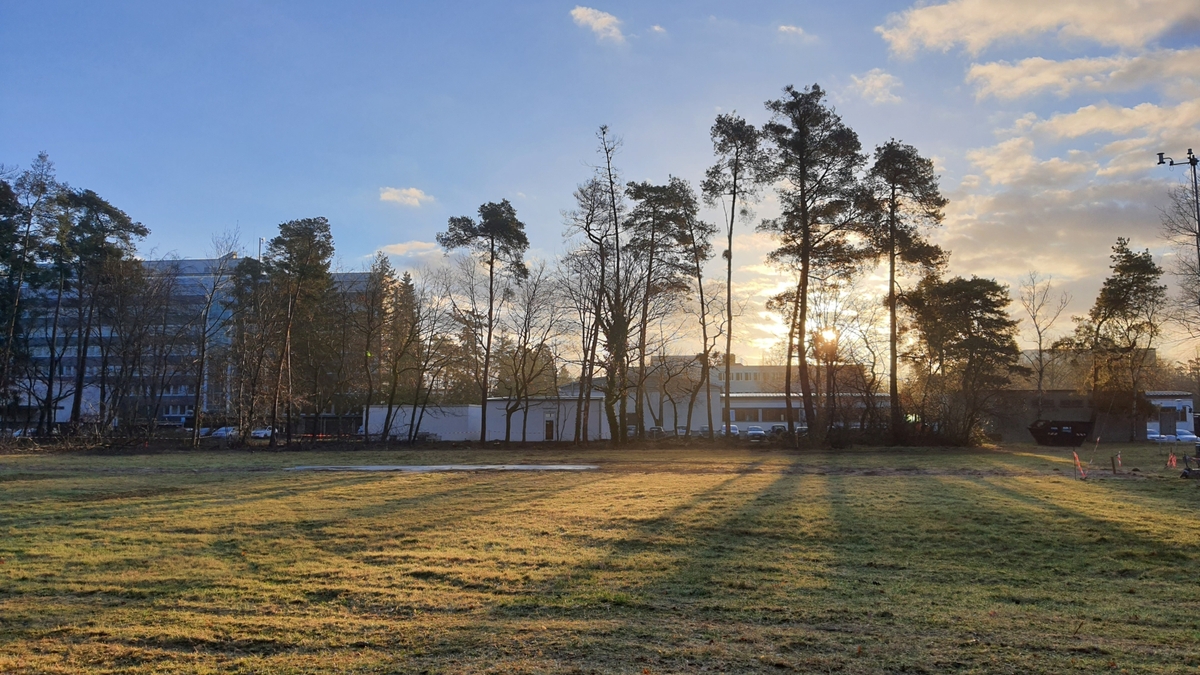
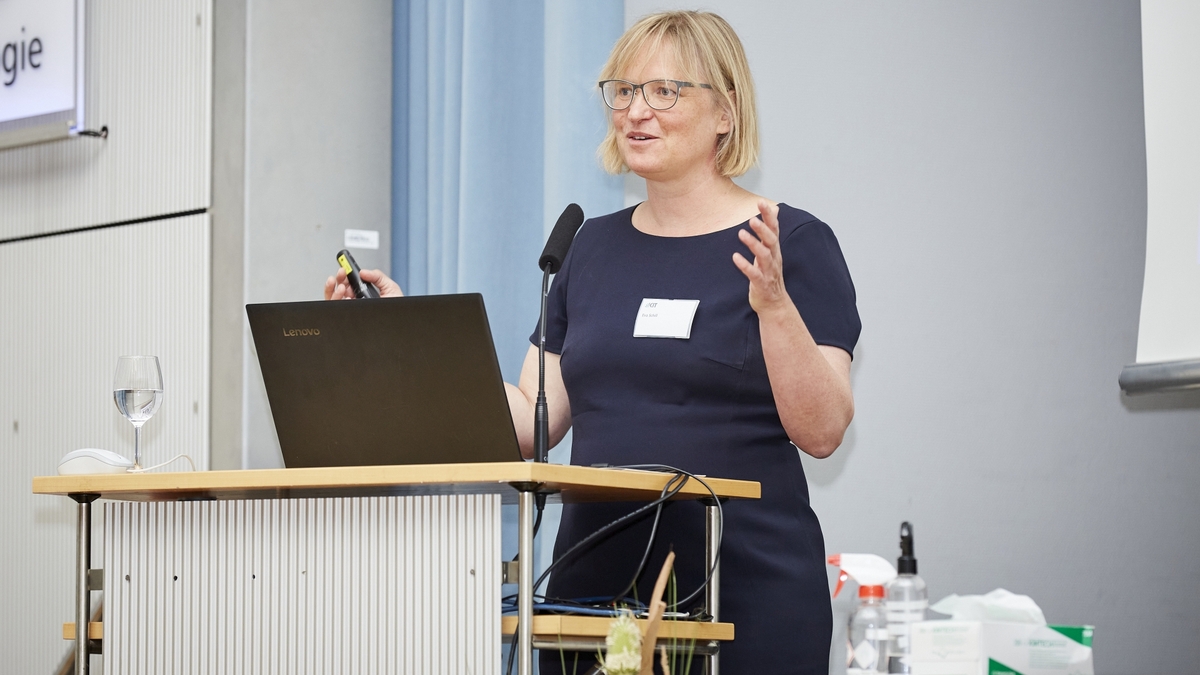
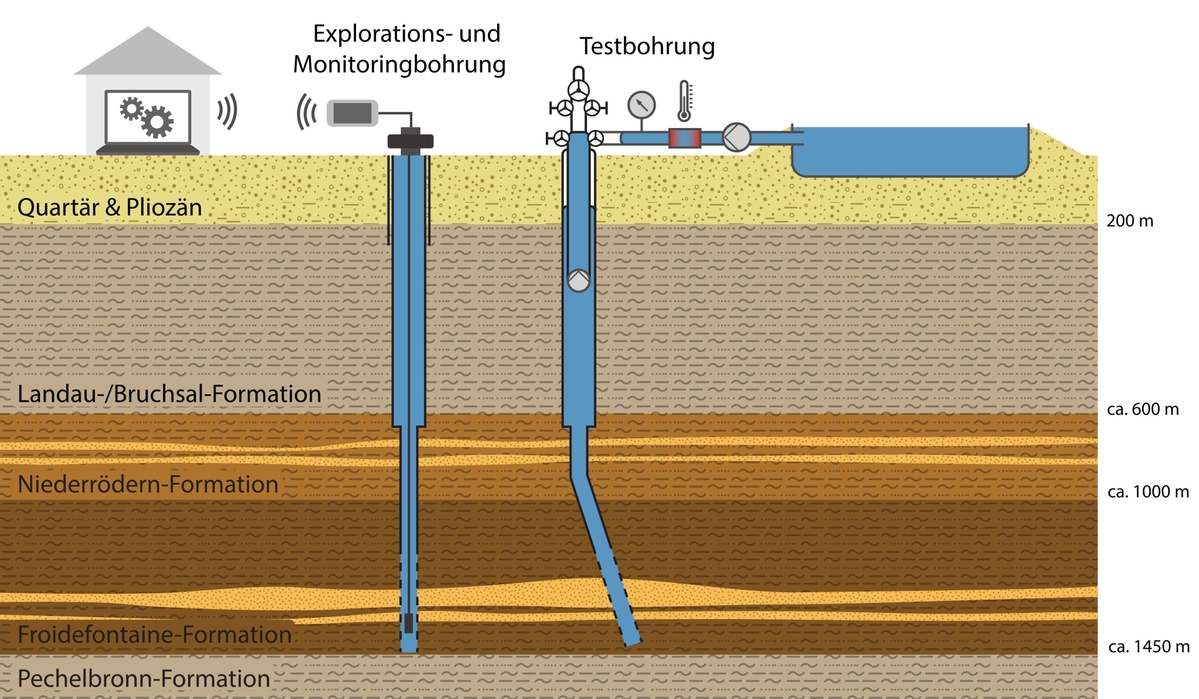
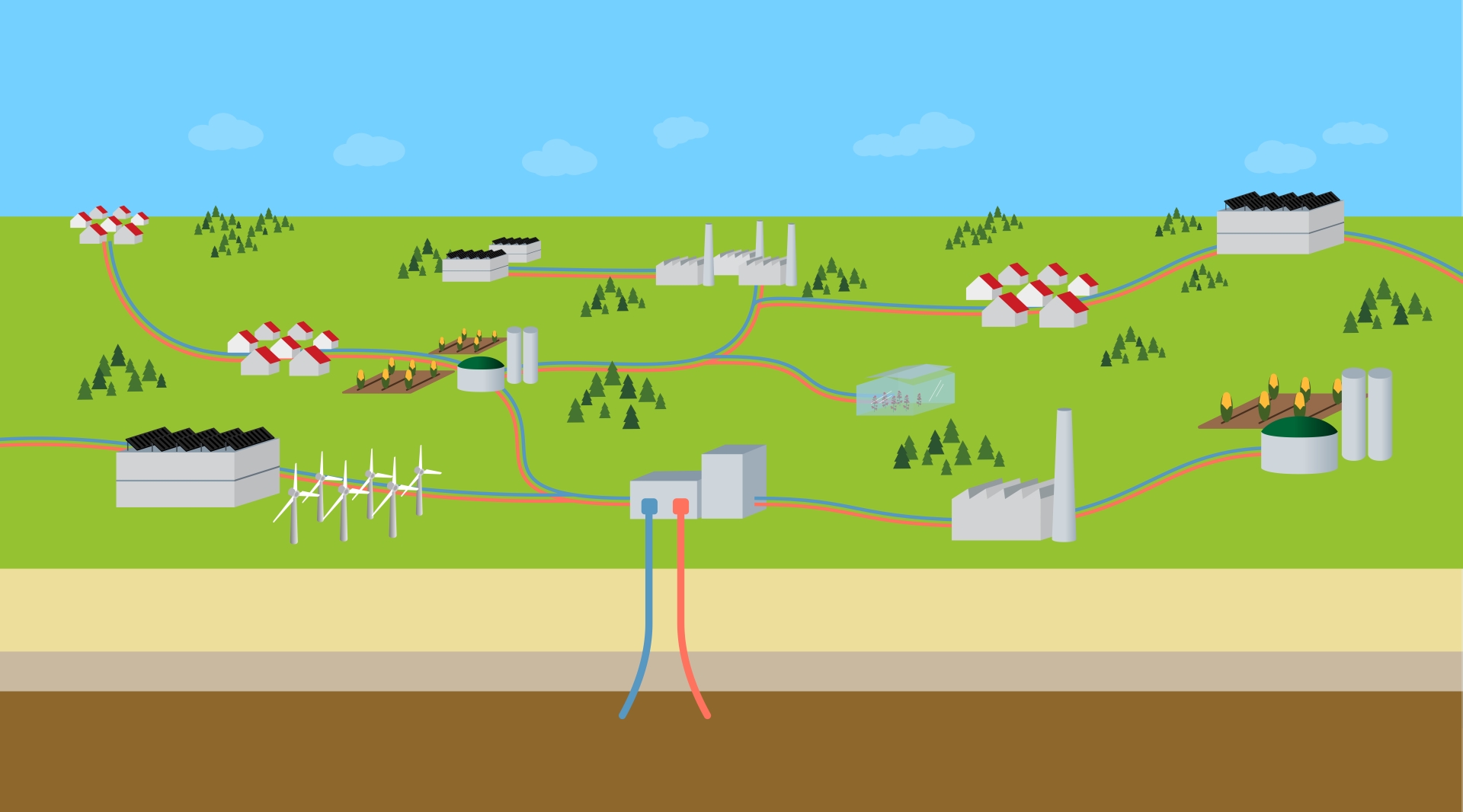
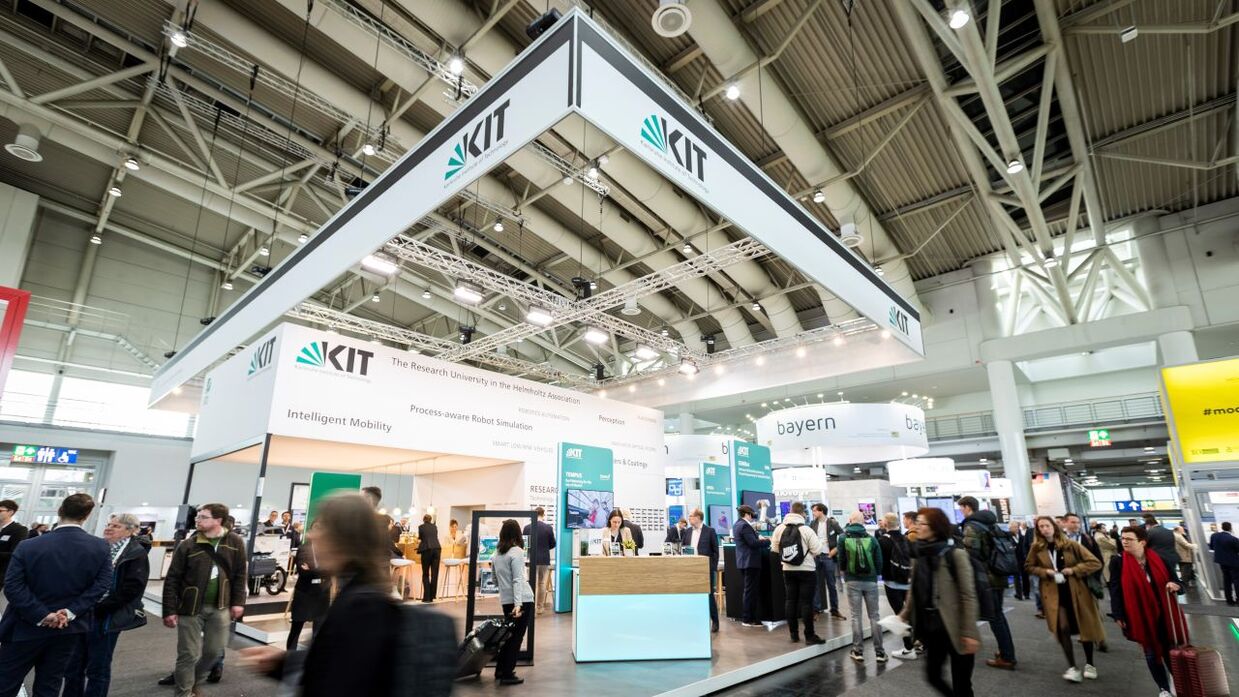
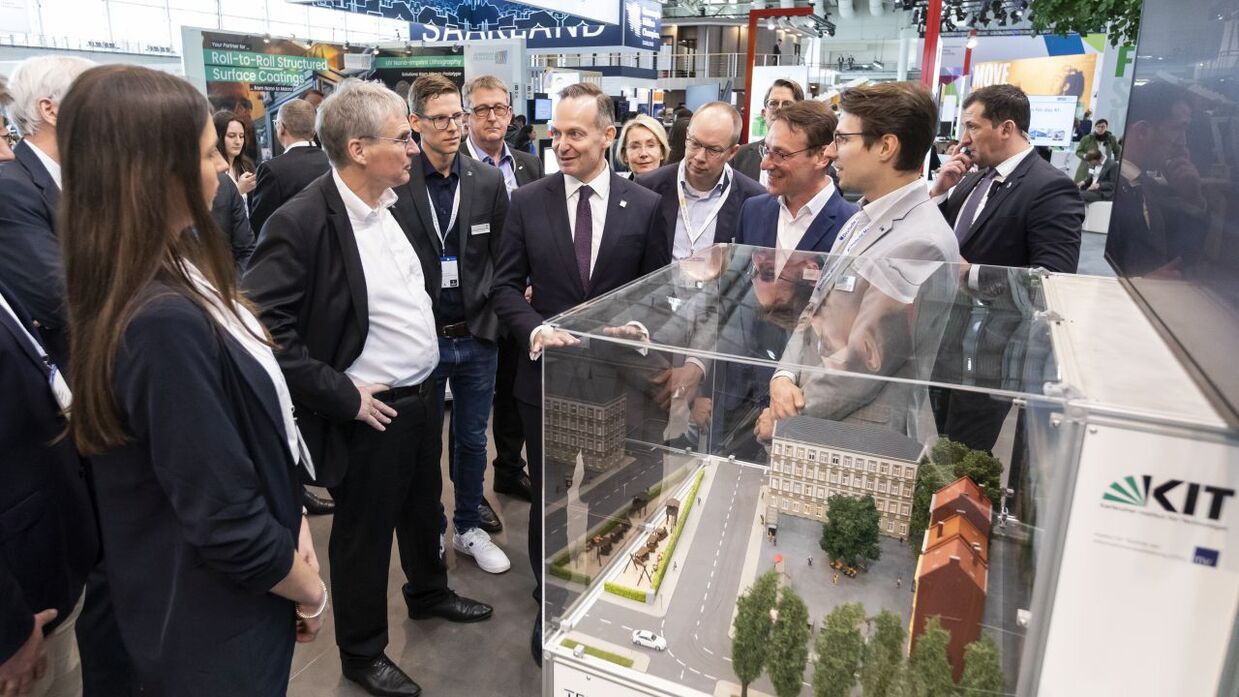
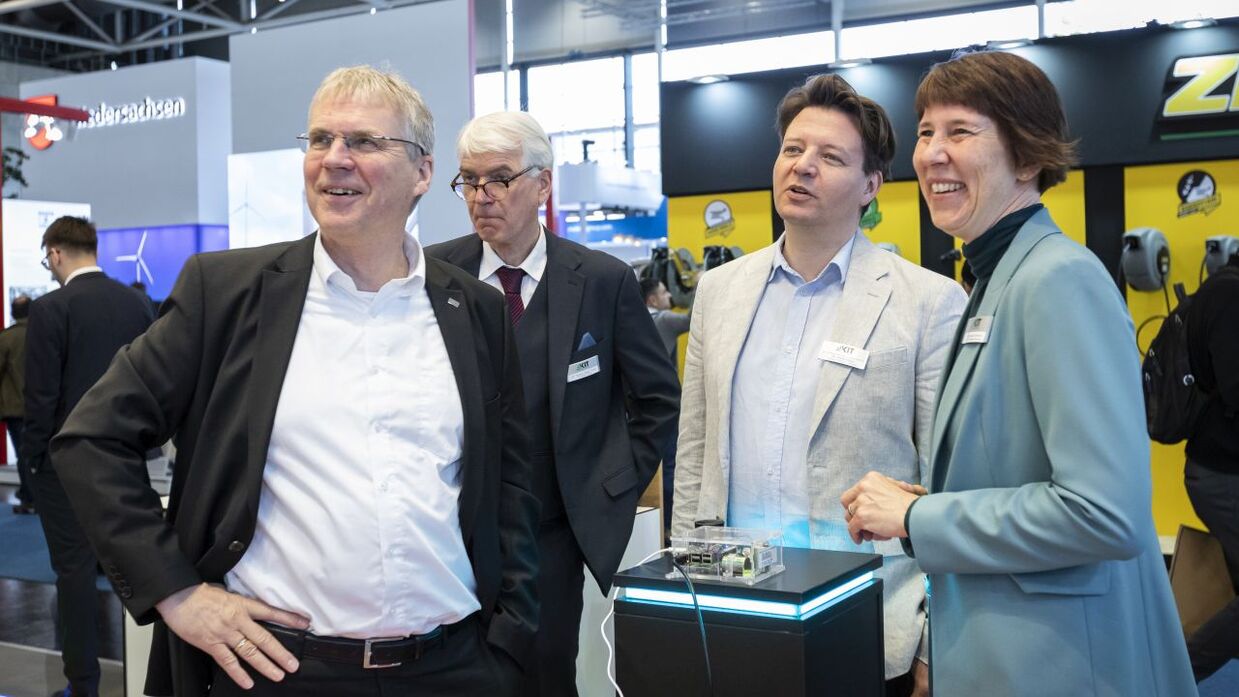
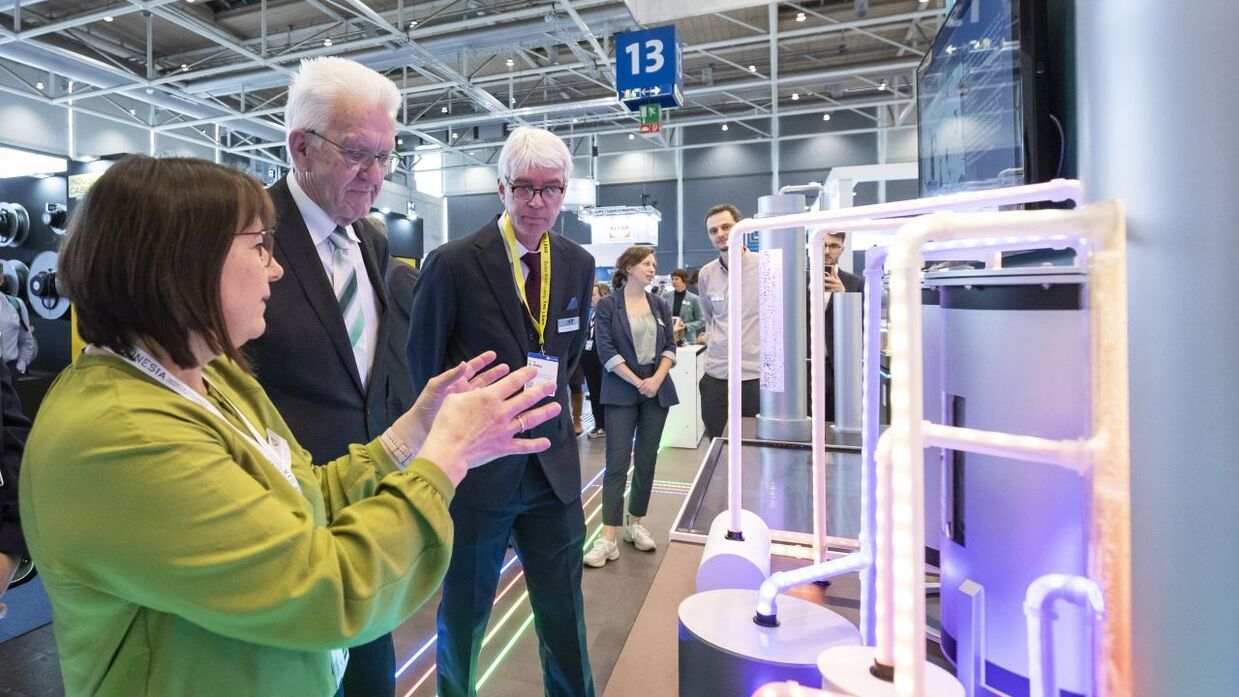
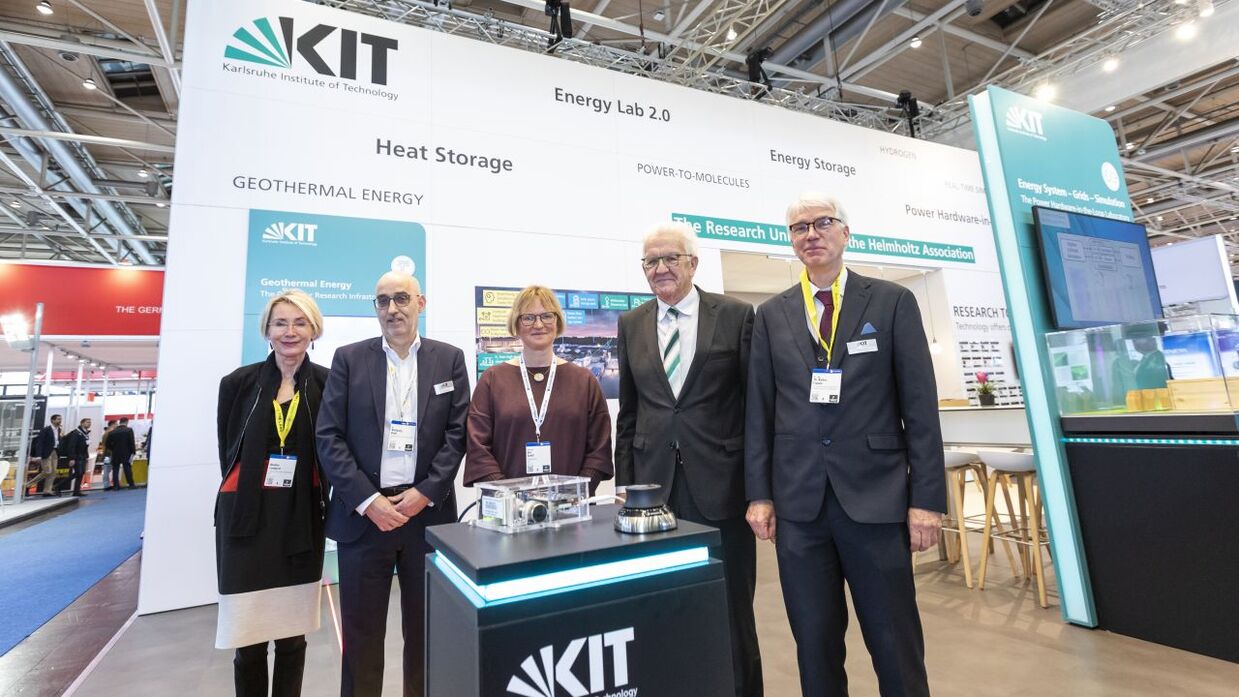
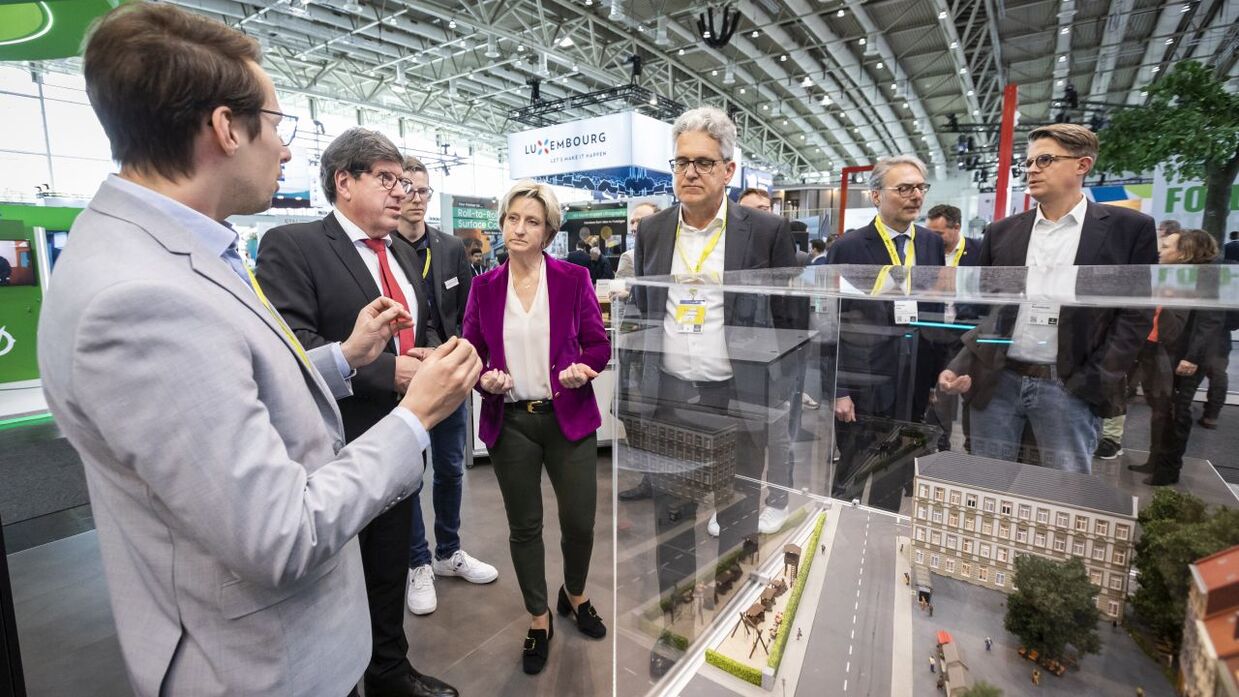
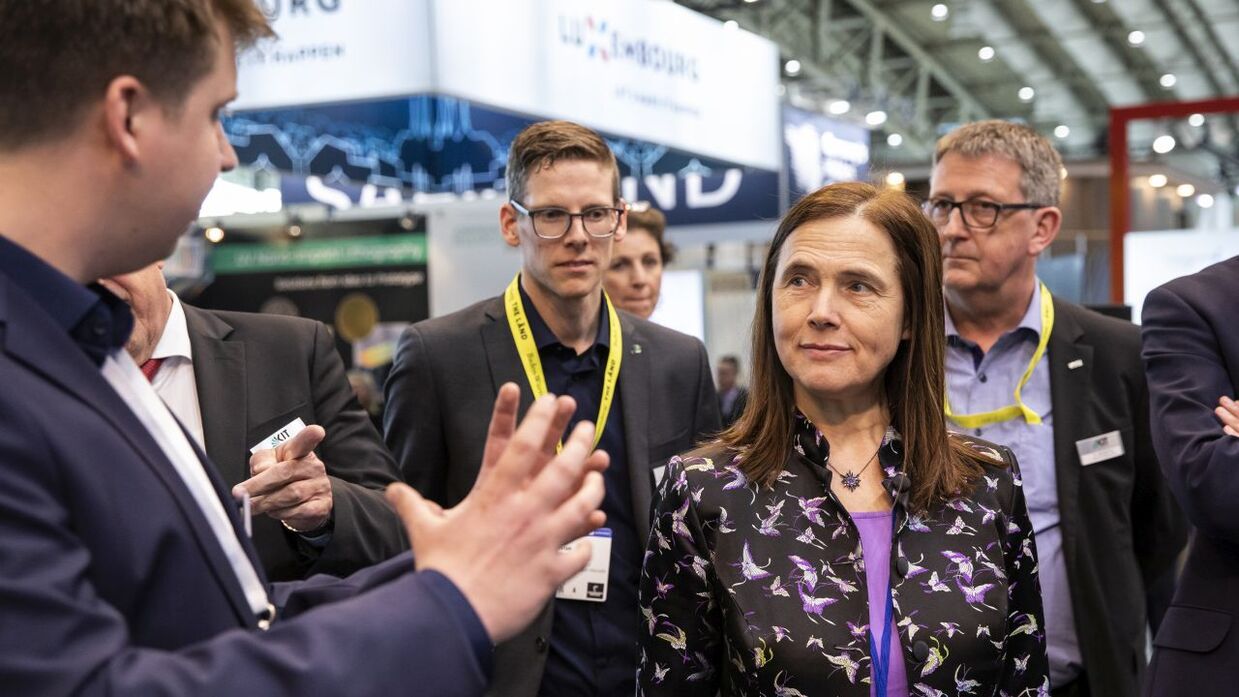
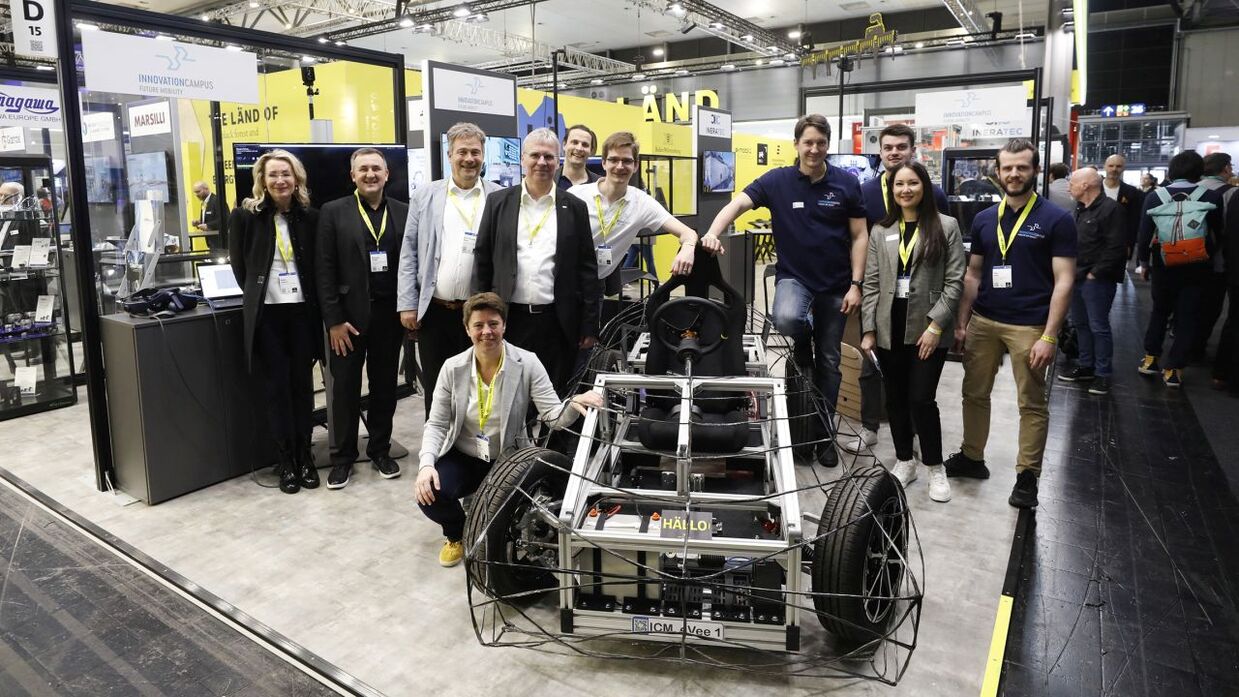
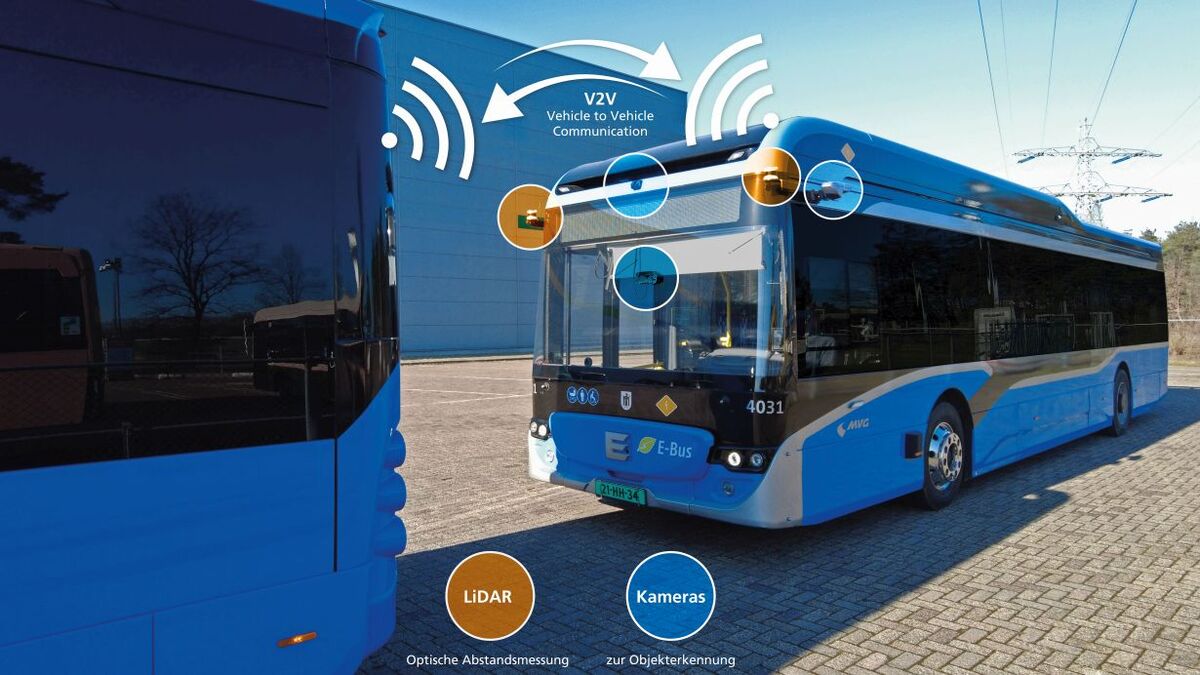
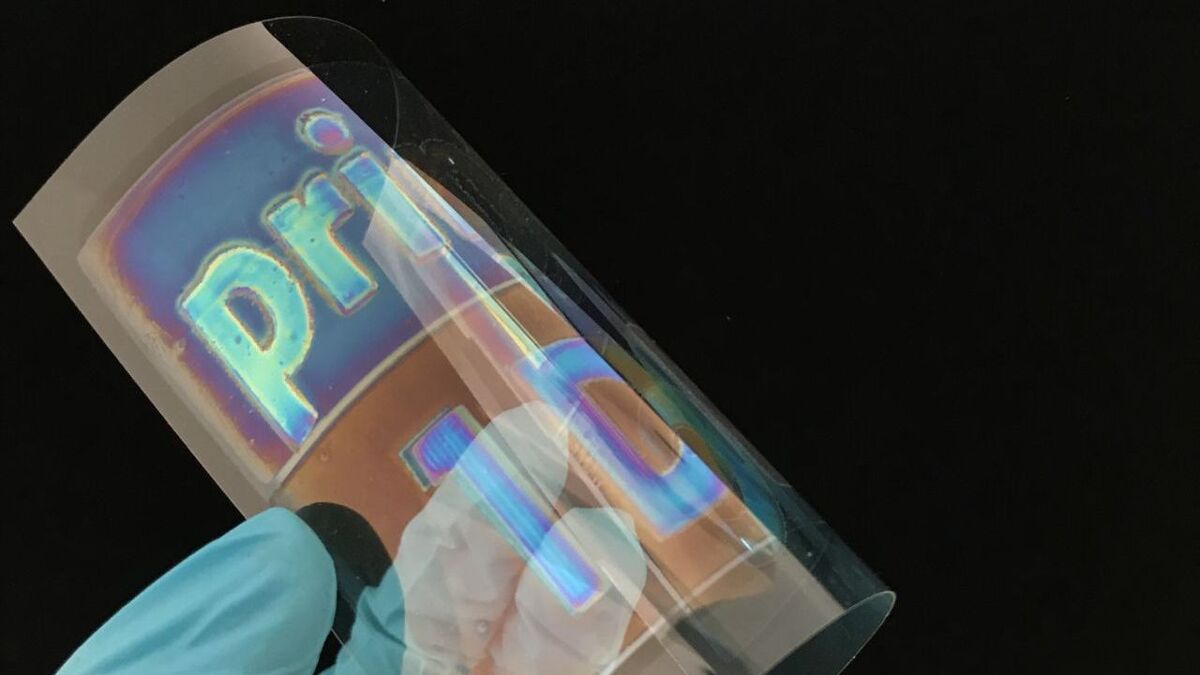
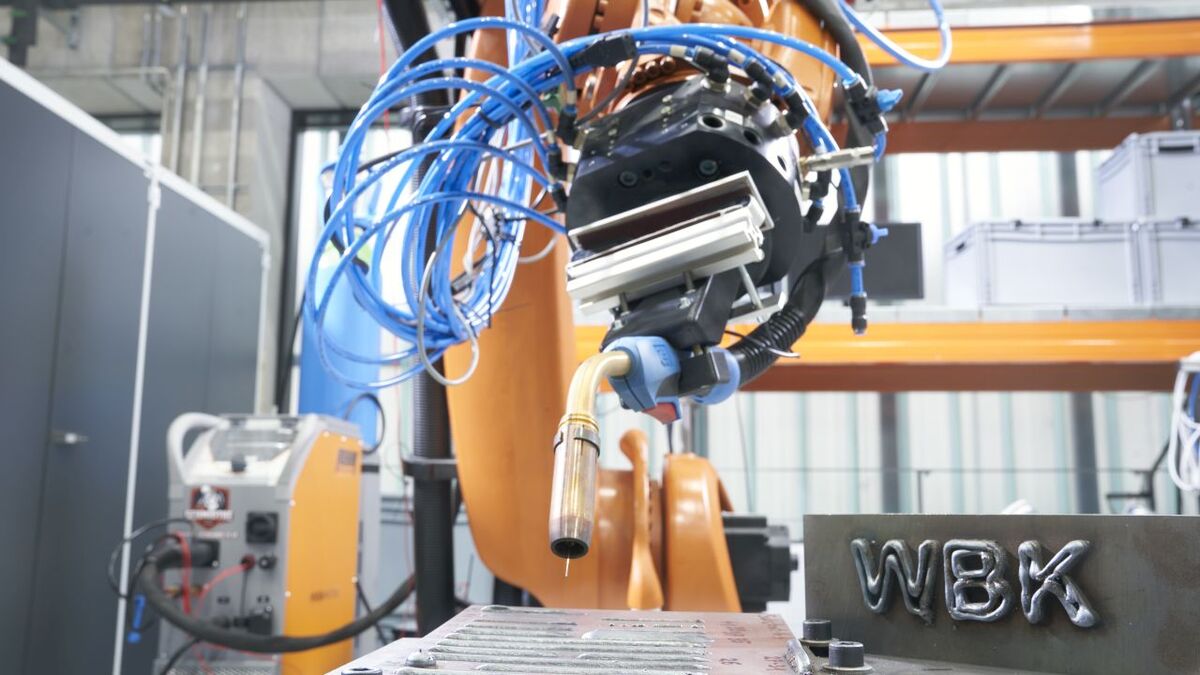
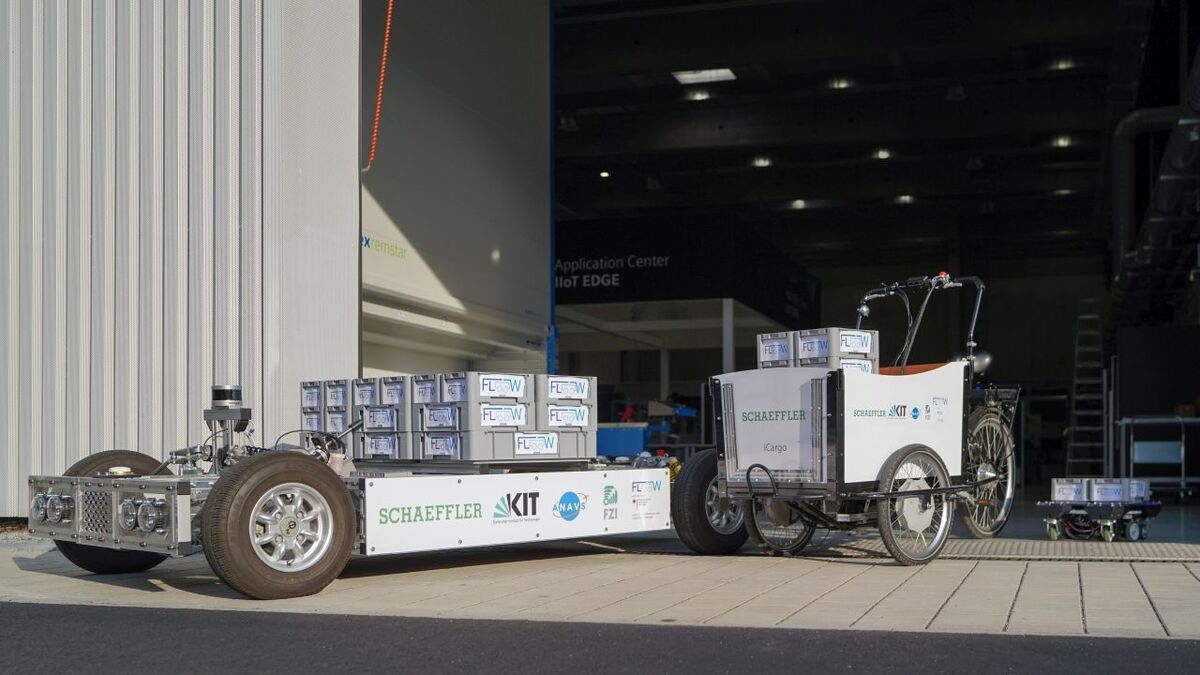
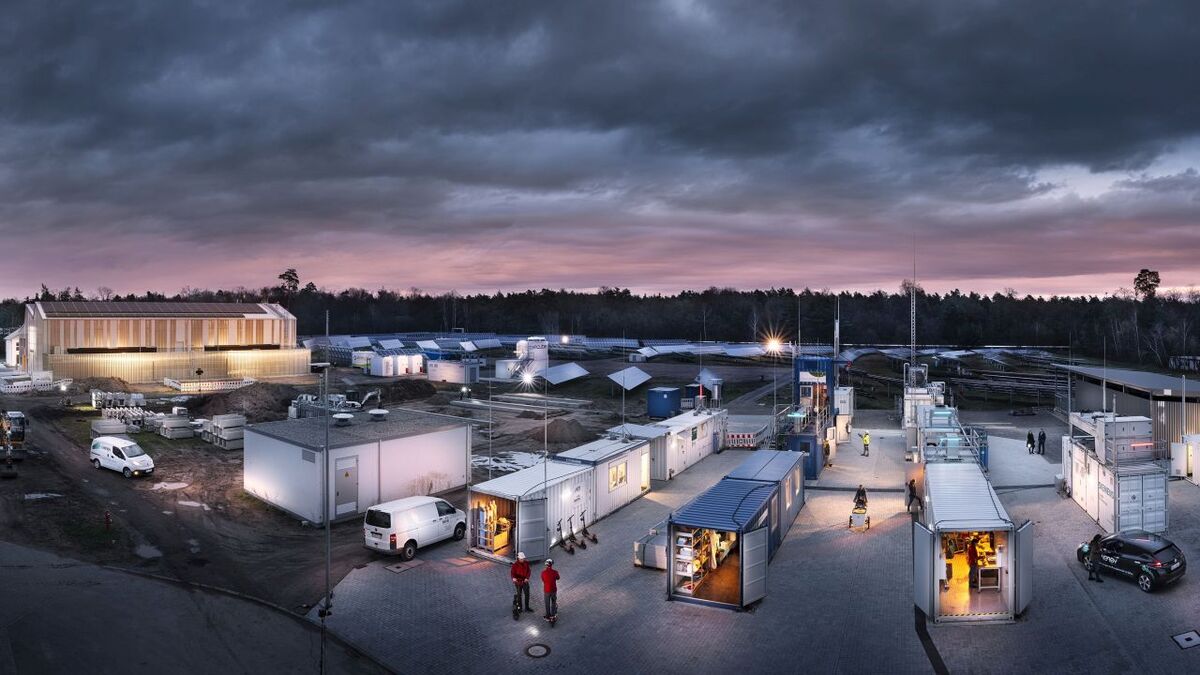
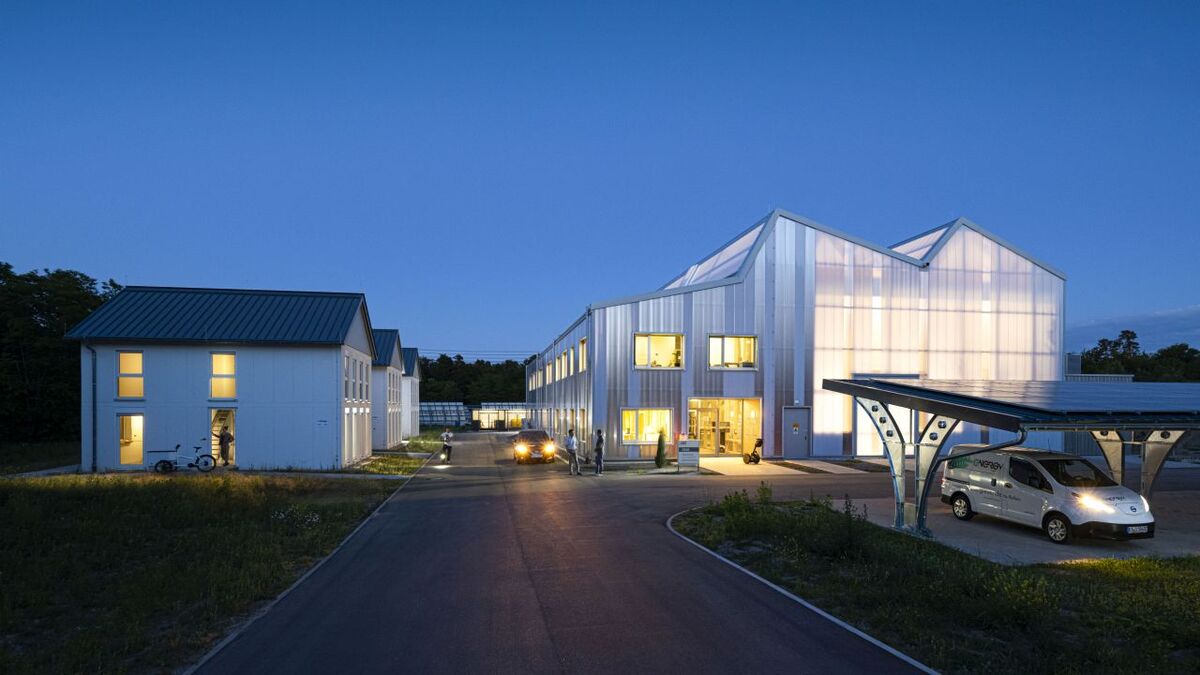
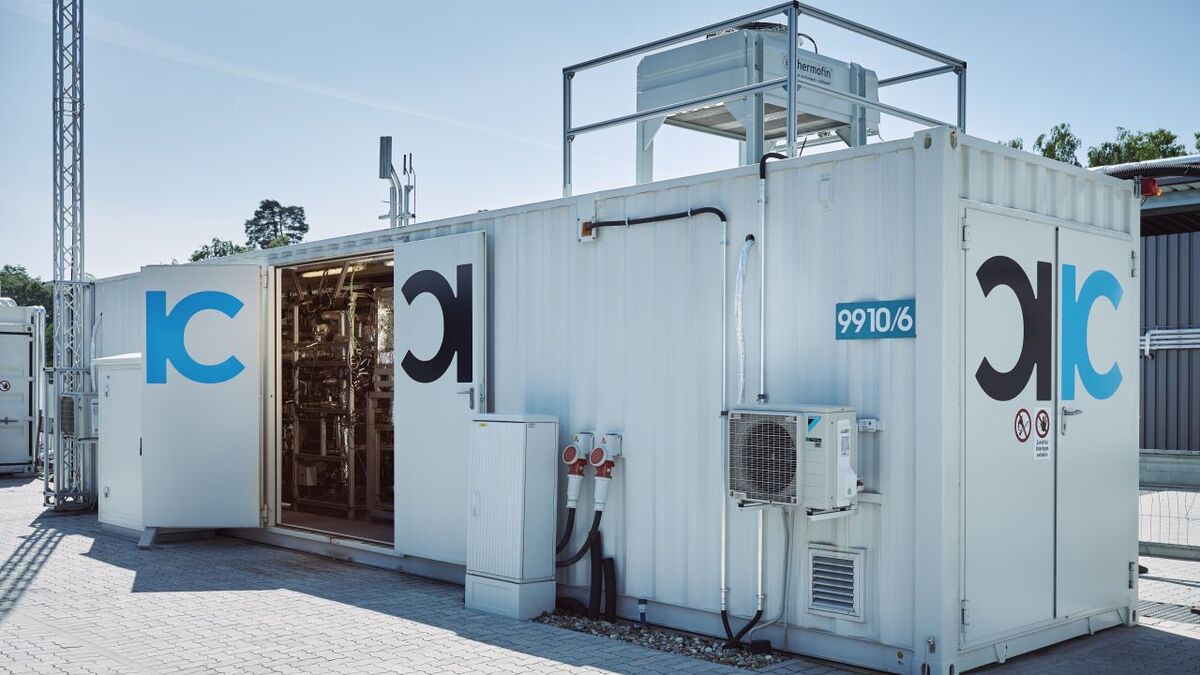
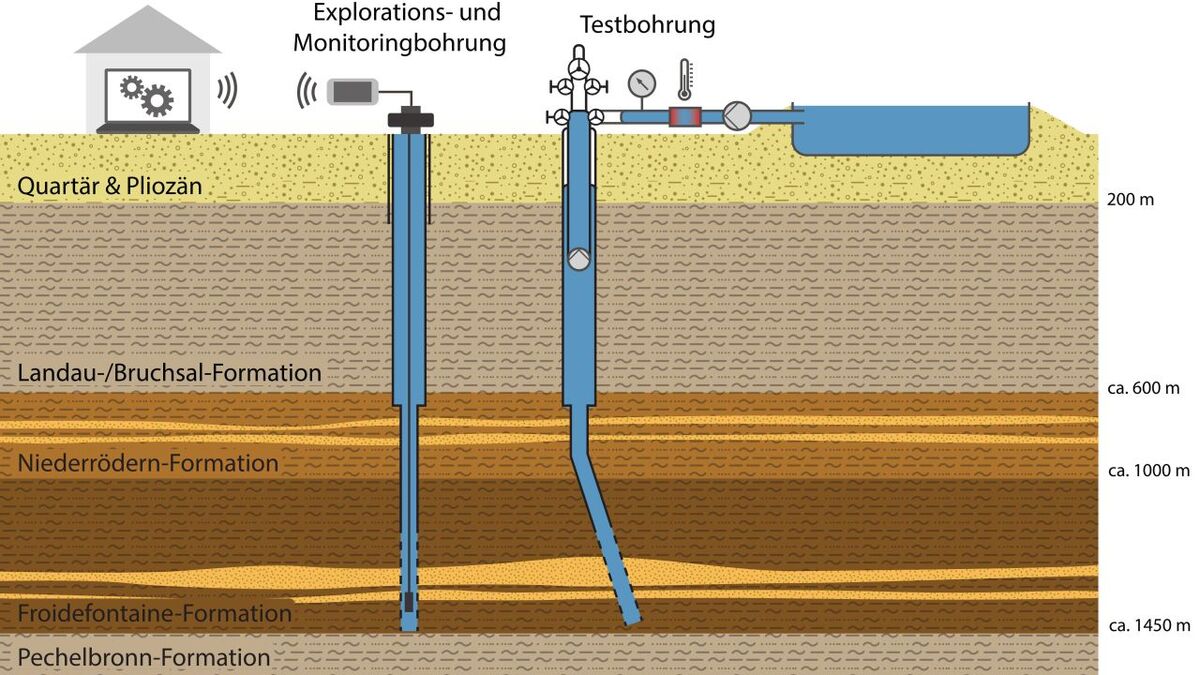



 223
223
